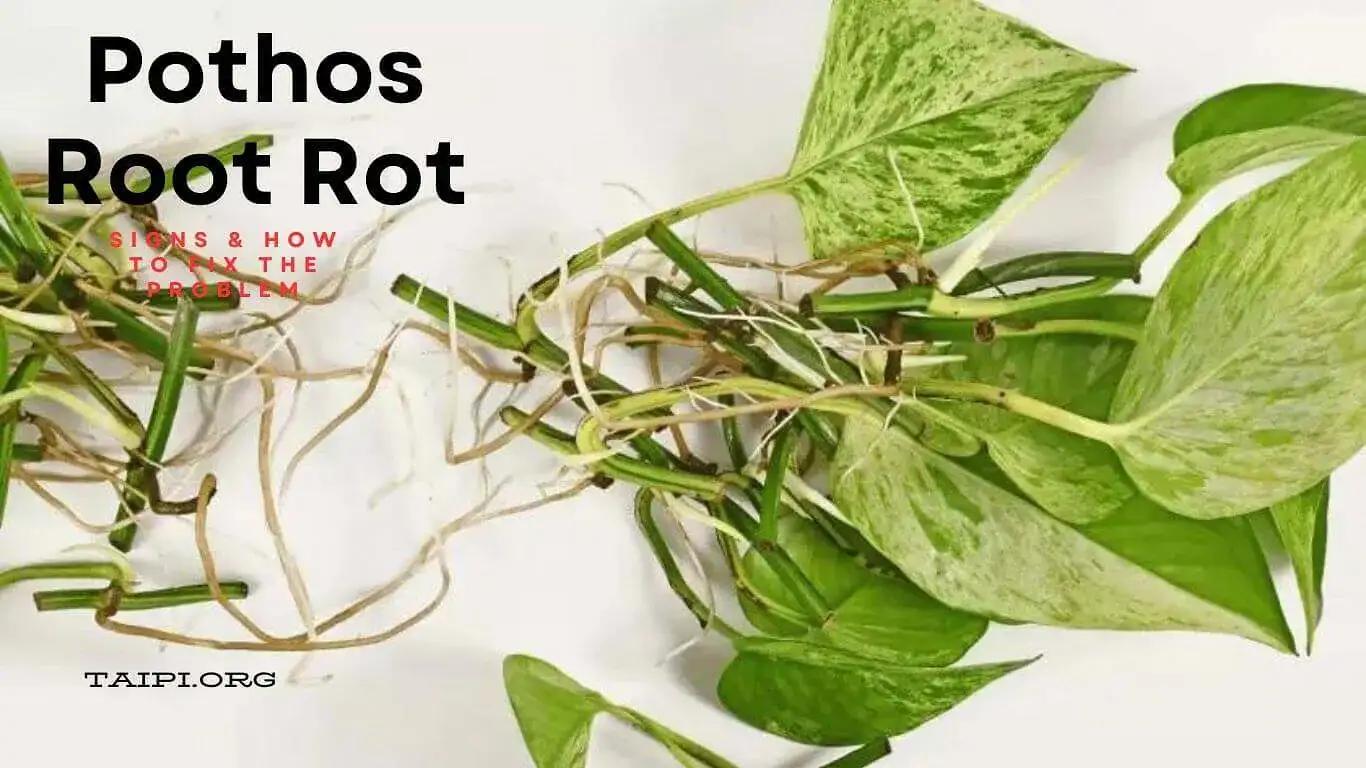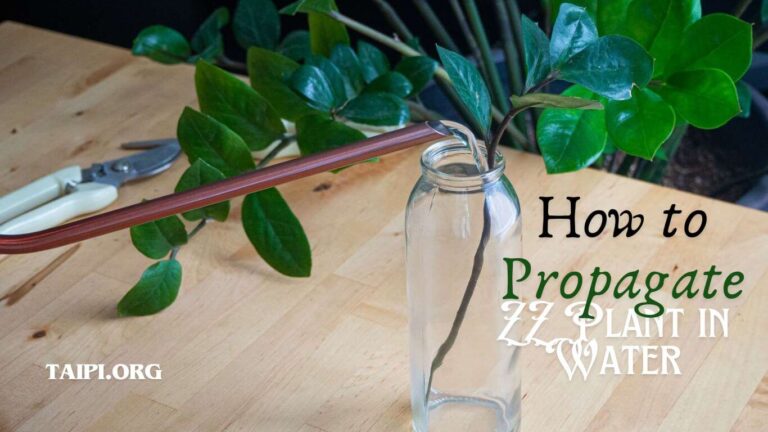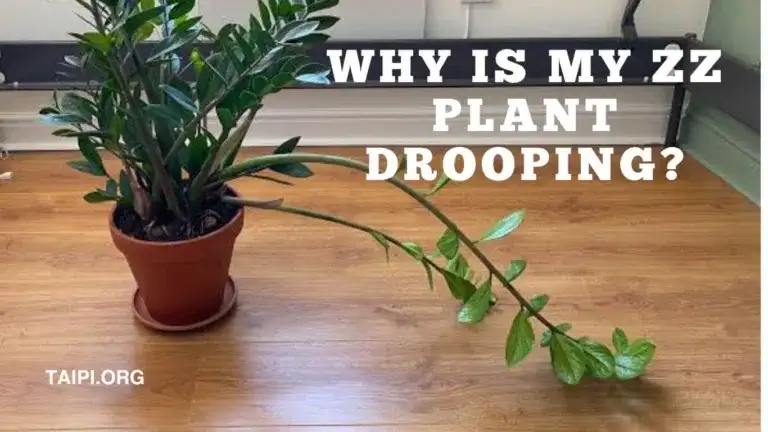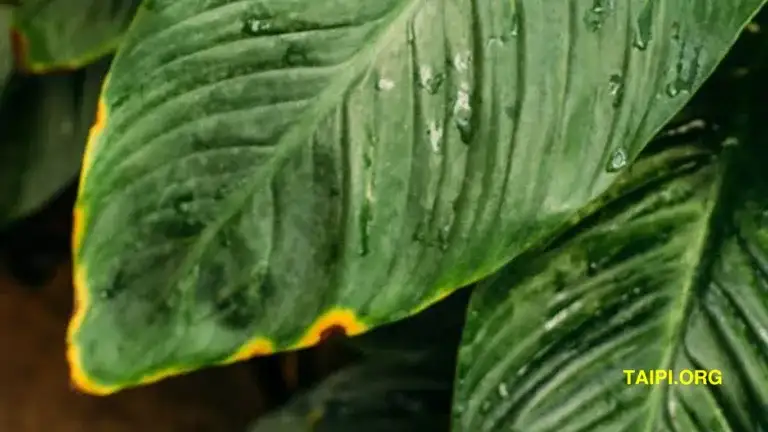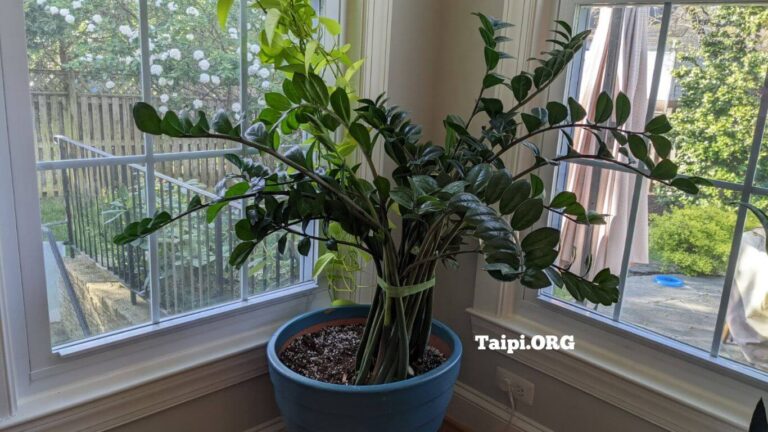7 Signs of Pothos Root Rot, Causes & How to Fix the Problem
WHILE there may be many problems that affect houseplants, root rot is one of the most serious. If not resolved early, you will lose your favorite houseplant. In this article, I have decided to talk about pothos root rot, what causes it, how to know your plant is affected, and the steps to save your indoor plant.
What is Pothos Root Rot?
Pothos root rot is a condition that affects the roots of the pothos plant. It occurs when the roots of the plant become infected with fungi or bacteria, leading to their decay and ultimately compromising the health of the entire plant.
Compare: How to Use Bonide Captain Jack Copper Fungicide
7 Signs of Pothos Root Rot
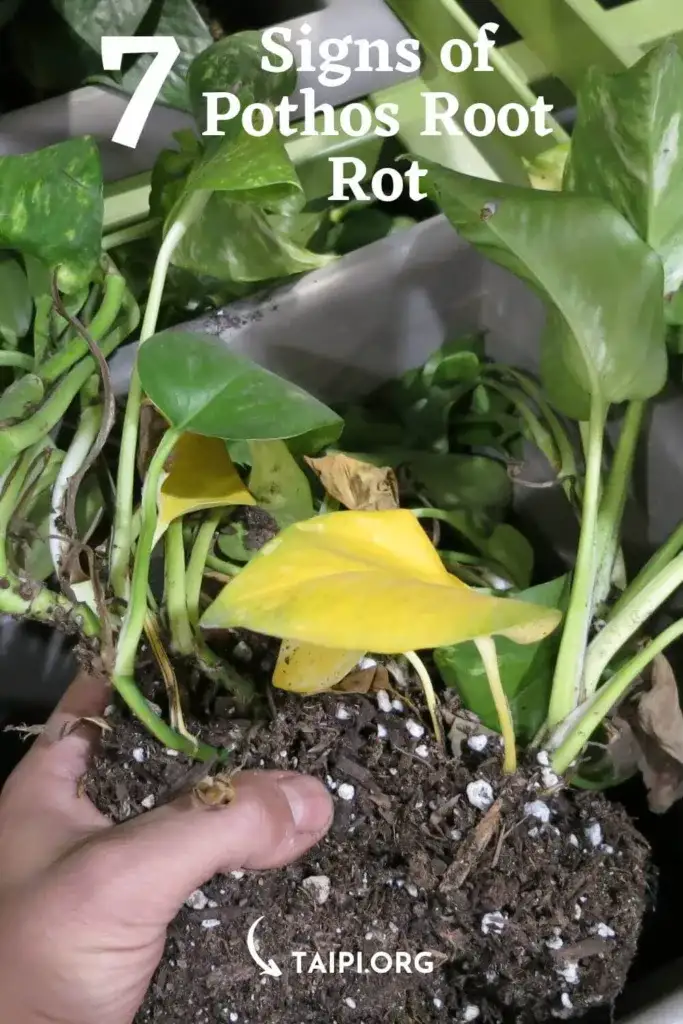
Signs of pothos root rot can manifest in several ways, and it’s important to be vigilant so you can address the issue promptly. Here are some common signs of pothos root rot:
1. Yellowing Leaves
Yellowing of leaves is one of the early signs of root rot. The yellowing may start at the base of the plant and spread outward as the condition progresses.
2. Wilting
Pothos plants suffering from root rot may exhibit wilting leaves that appear limp and droopy, even if the soil is moist.
3. Brown and Mushy Roots
When you inspect the roots, you may notice that they have turned brown and become soft or mushy to the touch. Healthy roots should be firm and white.
4. Foul Odor
Root rot often produces a foul smell emanating from the soil. This odor is caused by the decaying roots and the presence of harmful microorganisms.
5. Stunted Growth
Pothos plants with root rot may exhibit stunted growth or a lack of new growth despite adequate light and water.
6. Soil Moisture Issues
If the soil remains consistently soggy or waterlogged, it can indicate poor drainage, which contributes to root rot.
7. Leaf Drop
As the root rot progresses and the plant’s ability to absorb nutrients declines, it may start dropping leaves.
If you observe any of these signs in your pothos plant, act promptly to address the pothos root rot.
What Causes Root Rot in Pothos
Root rot in pothos plants is primarily caused by overwatering and poor drainage conditions. But there might be more than these two main causes, namely:
Overwatering
Providing too much water to pothos plants can lead to waterlogged soil, which creates an oxygen-deprived environment around the roots. Without sufficient oxygen, the roots begin to rot.
Poor Drainage
Pothos plants require well-draining soil to thrive. If the soil retains water for too long or if the pot lacks drainage holes, excess moisture can accumulate around the roots, promoting the growth of root-rot-causing pathogens.
Watering Frequency
Even if the soil has good drainage, watering your pothos plant too frequently can still lead to root rot.
Pothos plants prefer soil that dries out slightly between waterings. Watering too often can keep the soil excessively moist, encouraging root rot.
Container Choice
Planting pothos in containers without drainage holes or in pots that are too large for the plant’s root system can exacerbate moisture retention around the roots, increasing the risk of pothos root rot.
Poor Soil Quality
Using heavy or compacted soil that does not allow for adequate drainage can contribute to root rot. Pothos plants thrive in well-aerated soil that allows excess water to drain away from the roots.
Environmental Conditions
High humidity levels, especially in combination with overwatering, can create a conducive environment for fungal and bacterial pathogens that cause root rot.
Related: Does Pothos Like Humidity?
How to Treat Root Rot in Pothos Plant
Treating root rot in a pothos plant requires prompt action to address the underlying causes of the problem and restore the plant’s health.
Here are some of the 9 steps you can take to treat pothos root, thus saving your pothos plant:
Step 1. Assess the Damage
Carefully examine the plant to determine the extent of the root rot. Look for signs such as yellowing or wilting leaves, mushy or brown roots, and a foul odor emanating from the soil.
Step 2. Remove the Plant from the Pot
Gently remove the pothos plant from its pot, being careful not to further damage the roots.
Step 3. Inspect the Roots
Thoroughly inspect the roots of the pothos plant. Trim away any mushy, brown, or rotten roots using clean, sharp scissors or pruning shears. Healthy roots should be firm and white.
Step 4. Clean the Roots
Rinse the remaining healthy roots under running water to remove any soil and debris. This helps eliminate any remaining pathogens and encourages new root growth.
Step 5. Prune the Foliage
Trim away any yellowing or diseased foliage from the pothos plant. This helps reduce stress on the plant and encourages new growth.
Step 6. Repot the Plant
Choose a clean pot with drainage holes that is slightly larger than the plant’s root ball. Fill the bottom of the pot with fresh, well-draining potting mix.
Position the plant in the center of the pot and add more soil around the roots, gently pressing down to secure the plant in place.
You Might Also Like: How to Repot a Snake Plant with Root Rot
Step 7. Water Sparingly
After repotting, water the pothos plant sparingly. Allow the soil to dry out slightly between waterings to prevent further root rot. Avoid overwatering, as this can exacerbate the problem.
Step 8. Provide Adequate Drainage
Ensure that the pot has proper drainage holes to allow excess water to escape freely. This helps prevent water from pooling around the roots and promotes healthy root growth.
Step 9. Monitor the Plant
Keep a close eye on the pothos plant in the coming weeks to monitor its progress. Look for signs of new growth and adjust your care routine as needed.
Pothos Root Rot FAQs
Q: How can I prevent root rot in my pothos plant?
A: Preventing root rot involves several key practices, including:
- Watering the plant appropriately, allowing the soil to dry out between waterings.
- Using well-draining soil and pots with drainage holes.
- Avoid overpotting and choose a container size appropriate for the plant’s root system.
- Monitoring environmental conditions, such as humidity levels, to prevent conditions conducive to root rot.
Q: Can I save a pothos plant with root rot?
A: Yes, it’s possible to save a pothos plant with root rot if the problem is detected early and appropriate action is taken. This typically involves removing the affected parts of the plant, trimming away damaged roots, and repotting the plant in fresh, well-draining soil. With proper care and attention, the plant can recover and regrow healthy roots.
Q: What causes root rot in pothos plants?
A: Root rot in pothos plants is primarily caused by overwatering and poor drainage conditions. Excess moisture around the roots creates an environment where fungal and bacterial pathogens thrive, leading to the decay of the roots.
Other factors, such as using heavy or compacted soil, planting in pots without drainage holes, and environmental conditions like high humidity, can also contribute to root rot.
Q: How do I know if my pothos plant has root rot?
A: Signs of pothos root rot include:
- Yellowing or wilting leaves.
- Brown and mushy roots.
- A foul odor coming from the soil.
- Stunted growth.
- Leaf drop.
- Soil that remains consistently soggy or waterlogged.
My Final Thoughts on Pothos Root Rot and How to Save Your Beloved Houseplant
Pothos root rot occurs when the roots of the plant become infected with fungi or bacteria due to overwatering and poor drainage.
Signs of root rot include yellowing or wilting leaves, mushy brown roots, and a foul odor from the soil.
You can save a pothos plant from root rot by:
- Assess the damage
- Remove the plant from the pot
- Trim the roots especially those affected
- Clean the remaining roots using clean water to remove soil that might still harbor fungi or harmful bacteria
- Prune foliage and
- Repot carefully in a clean new pot that has drainage holes, using fresh, well-draining soil.
- Always water sparingly
With proper care and attention, you will salvage your plant from the fatal pothos root rot and continue to thrive.

